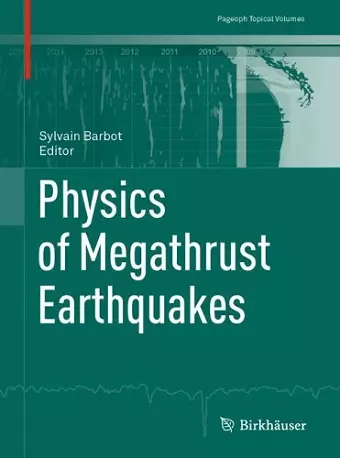Physics of Megathrust Earthquakes
Format:Paperback
Publisher:Springer Nature Switzerland AG
Published:24th Apr '20
Currently unavailable, and unfortunately no date known when it will be back

This topical volume on the physics of megathrust earthquakes investigates many aspects of the earthquake phenomenon, from the geodynamic setting of subduction zones, to interseismic and postseismic deformation, slow-slip events, dynamic rupture, and tsunami generation.
Previously published in Pure and Applied Geophysics, Volume 176, Issue 9, 2019
The chapters “Interseismic Coupling and Slow Slip Events on the Cascadia Megathrust”, “Effect of Slip-Weakening Distance on Seismic–Aseismic Slip Patterns”, “Physics-Based Scenario of Earthquake Cycles on the Ventura Thrust System, California: The Effect of Variable Friction and Fault Geometry”, and “A Secondary Zone of Uplift Due to Megathrust Earthquakes” are available as open access articles under a CC BY 4.0 license at link.springer.com
ISBN: 9783030435714
Dimensions: unknown
Weight: unknown
256 pages
2020 ed.